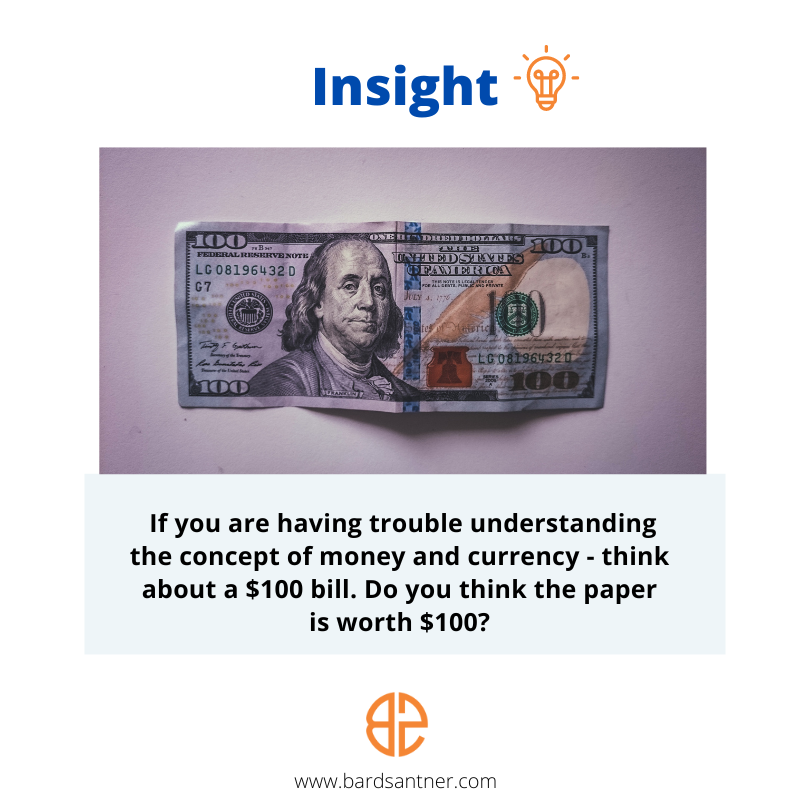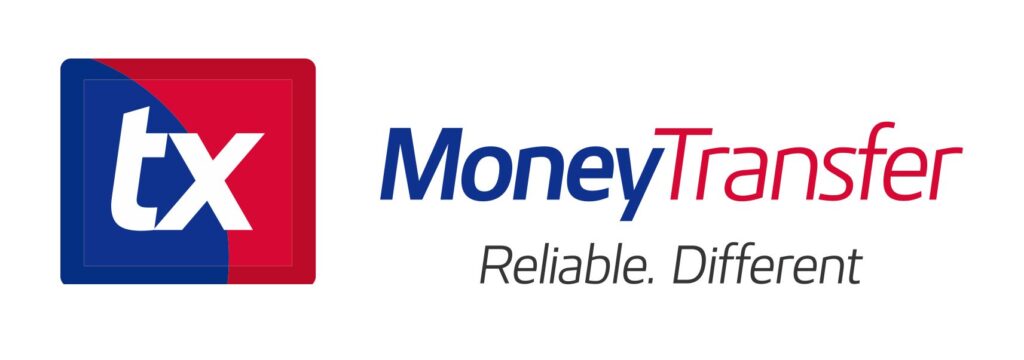
This is the 1st instalment of a 5-part short educational series. The objective is to impart foundational knowledge of the difference between money and currency. Understanding this will lead to a greater appreciation of gold as an investment.
Money and currency are two terms that get used interchangeably. Yet, they are quite different. Money is a medium of exchange that has been used for centuries. Currency is a form of money issued by a government or central bank. In other words, money is the underlying asset, while currency is the form it takes. Money refers to any asset that can be exchanged for goods or services. It has intrinsic value, such as gold or silver coins. Currency refers to the paper notes and coins issued by governments as legal tender. It has no intrinsic value. Instead, it derives its worth from the government’s promise to accept it as payment for taxes and debts.
There are two types of currency in circulation today. Fiat currency and fiduciary currency. Fiat currency are the notes and coins in circulation. They are backed by the full faith and credit of the issuing government. Fiduciary currency is not backed by the government or any physical asset. Its value depends on the instrument backing it. For example, cheques are fiduciary money.
If you are having trouble understanding this concept of money and currency – think about a $100 bill. Do you think the paper is worth $100?
It is important to the difference between money and currency. It helps us make more informed financial decisions in the future.



